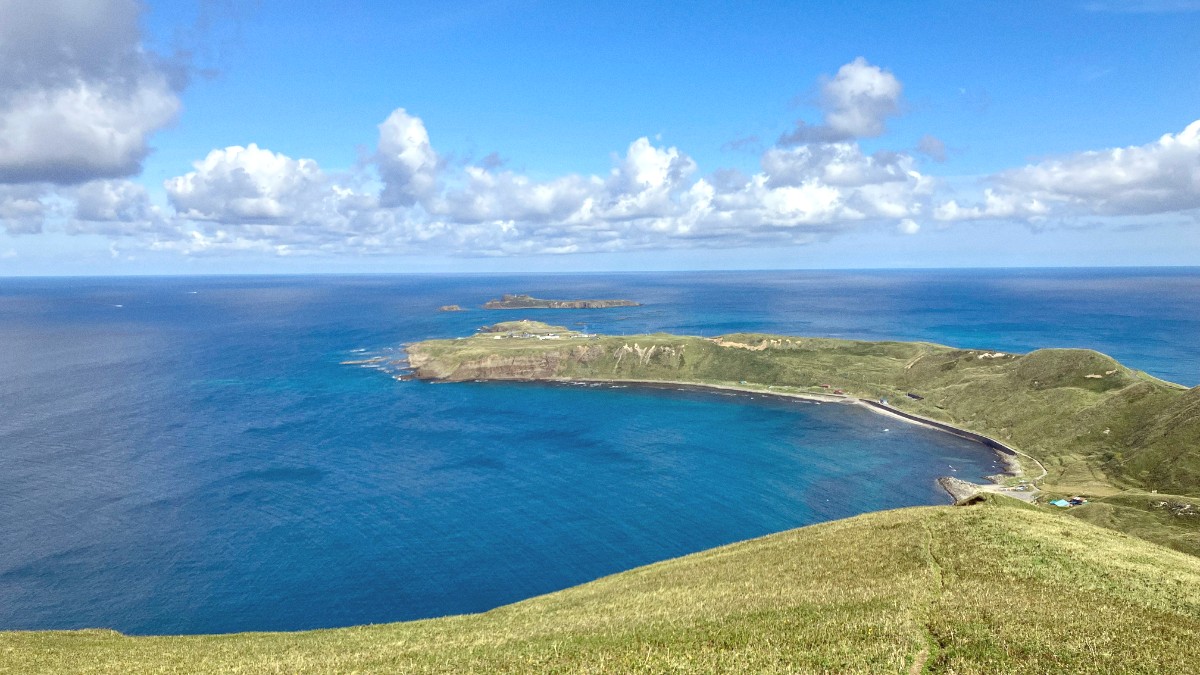
Macau
Plan your visit to Macau Peninsula carefully to uncover all its layers. This guide aids you maximize your time and enjoy every moment.
Macau Peninsula is the historical and most populated part of the Macao Special Administrative Region (SAR) of the People's Republic of China. It comprises a small, narrow landmass, extending south from the Chinese mainland. To its north, the city of Zhuhai in Guangdong Province forms a direct border. This proximity to mainland China means a constant flow of goods and people, shaping the Peninsula's dynamic atmosphere.
The Peninsula itself spans a modest area, approximately 9.3 square kilometers (3.6 square miles). Despite its small size, it holds an incredible density of attractions, businesses, and residential areas. Its compact nature renders many of its wonders accessible on foot, allowing freedom to wander through historic alleyways and discover hidden corners.
Macau Peninsula carries deep historical importance as the first and last European colony in China. This status places it uniquely in global history. The Portuguese established a trading post here in the mid-16th century, specifically in 1557. For over four centuries, until its transfer to China in 1999, Macau thrived under Portuguese administration. This long period of foreign rule shaped its identity, cultivating a blend of Chinese and Portuguese cultures. You see this fusion in its architecture, taste it in the cuisine, and experience it in the local traditions that remain today.
Macau served as a major port for trade, connecting China with Japan, Southeast Asia, and Europe. It held an important role in the Silk and spice routes, facilitating the exchange of goods, ideas, and cultures across continents. Merchants from various nations convened in Macau, making it a melting pot of global commerce. The city became a gateway, a bridge between different worlds, where East met West in a dynamic exchange.
The Old Bridge, opened in 1974. Distinctive arch design, a charming route.
Opened in 1994, longer and wider structure, major artery.
Newest addition (2004), cable-stayed double-deck design. Lower deck for typhoon season.
Engineering marvels connecting historic core with newer developments.
Dense development reflects limited land, pushing buildings skyward.
The 19th and 20th centuries brought new challenges and changes. While its trading prominence lessened with the rise of Hong Kong, Macau adapted, shifting its focus to other economic activities. The mid-20th century saw the beginnings of its modern gaming industry, which would eventually transform its economy.
The eventual handover to China in 1999, under the "One Country, Two Systems" principle, marked the end of its colonial era. This principle permits Macau to maintain its capitalist system, independent judiciary, and high degree of autonomy, while being part of China. This arrangement secured Macau's unique cultural identity and economic model.
The Historic Centre of Macao, an UNESCO World Heritage site, showcases this rich past through its collection of squares, churches, temples, and fortresses. These structures are tangible reminders of a captivating history, telling stories of trade, faith, and cultural blending.
Visiting Macau Peninsula is a journey through centuries of global interaction, offering a rare glimpse into a truly unique historical narrative.
The Macau Peninsula uncovers an unique window into a distinctive cultural heritage, a thriving economy, and a lively urban environment. It promises a travel experience unlike any other.
Macau Peninsula serves as the historical and urban core of Macau. It features a dense concentration of UNESCO World Heritage sites. These include the Historic Centre of Macao, a testament to its unique cultural fusion. Alongside these historic treasures, modern casinos and commercial centers dominate the skyline, creating a striking contrast. This blend of old and new is a defining characteristic of the Peninsula. It is the administrative, financial, and cultural hub of the SAR, where government offices, major banks, and cultural institutions are concentrated.
The population density on the Peninsula ranks among the highest in the world. This compact environment means that attractions are often close to each other, rendering the area convenient to explore on foot. The economy of Macau is predominantly driven by tourism and gambling. The Peninsula, with its array of casinos and luxury resorts, is at the heart of this industry. Beyond gambling, the economy also relies heavily on hospitality, retail, and entertainment sectors, all catering to the millions of visitors who arrive each year. This focus means a high standard of service and a wide array of amenities for tourists.
Official languages are Portuguese and Chinese (Cantonese). English is widely spoken in tourist areas. Signs are bilingual/trilingual.
Macanese Pataca (MOP) is the official currency. Hong Kong Dollar (HKD) is widely accepted at par. Change typically arrives in MOP.
Always carry some MOP or HKD for smaller purchases, street food, and local transportation. Credit cards are accepted in larger venues.
The economy of Macau is predominantly driven by tourism and gambling. The Peninsula, with its array of casinos and luxury resorts, is at the heart of this industry. Beyond gambling, the economy also relies heavily on hospitality, retail, and entertainment sectors, all catering to the millions of visitors who arrive each year. This focus means a high standard of service and a wide array of amenities for tourists.